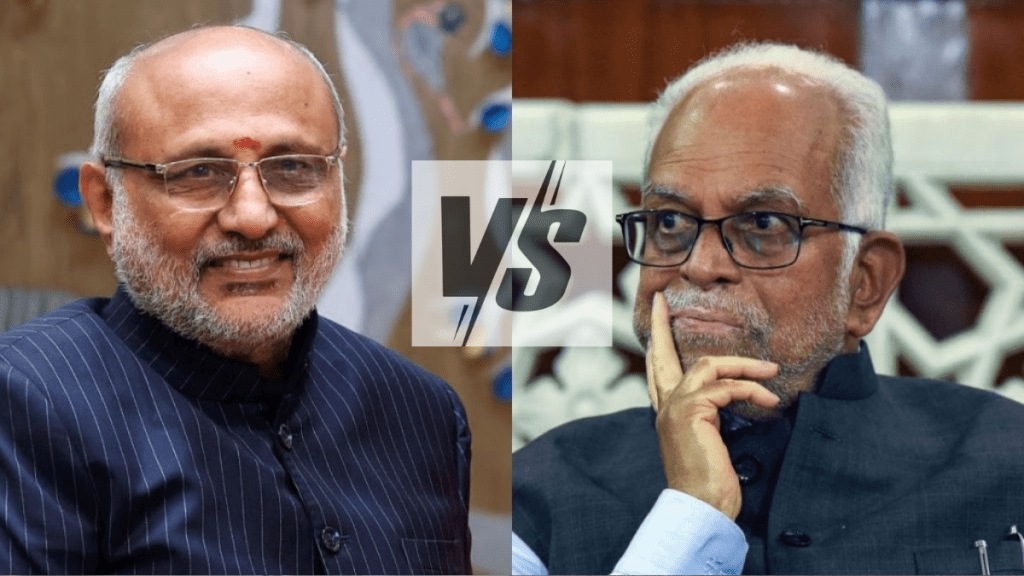Vice President election: All eyes are on the Vice President election announced by the Election Commission of India (ECI) in August. The election is necessitated to fill the vacant seat after Jagdeep Dhankhar resigned from his post on the first day of the Parliament’s Monsoon session this year.
Vice President election: Date and Time
The election for Vice President will be held tomorrow, September 9, as per the ECI. The voting will begin at 10 am on Tuesday and will continue until 5 pm.
The votes will be counted from 6 pm onwards tomorrow. Whoever gets elected will be the country’s 15th Vice President.
Vice President election: Candidates
The election would be held between the ruling NDA nominee, CP Radhakrishnan will face the INDIA bloc’s nominee, who is also a former Supreme Court judge, B Sudershan Reddy. It is truly a “south vs south” face-off as both the candidates are from states down south. Radhakrishnan is from Tamil Nadu, while Reddy is from Telangana.
Vice President election: Who all can vote?
A Vice President is elected under the President and Vice Presidential Elections Act of 1952. Since the Act requires a returning officer, who will oversee the entire election process and declare the result, the Secretary General of either House of Parliament is appointed for the role, in rotation.
The voting to elect a Vice President is done by a secret ballot by the electoral college consisting of MPs from both the Rajya Sabha and the Lok Sabha, including the nominated members. MLAs are excluded from this election, unlike in the case of the President.
Vice President election: Voting process
Articles 63-71 of the Indian Constitution deal with the election, qualification and removal of the Vice President. Each MP, who is part of the electoral college, marks the names of candidates in order of preference, folds the ballot paper and drops it in the ballot box. Each vote holds equal weight, and the election is conducted using the system of proportional representation through a single transferable vote.
To win, a candidate must secure a minimum number of votes known as the “quota”.
But how is quota calculated? Well, it means that the candidate should secure half of the total valid votes plus one. If no candidate meets this quota in the first round, the one with the fewest first-preference votes is removed from the race, and their votes are redistributed according to the voters’ next preferences. This elimination and redistribution process continues until a candidate achieves the required quota.
It is to be noted that one cannot show their ballot paper to another person, and they are given a specific pen to mark their preference. If the preference is marked with any other pen, the vote is not counted.
Vice President election fact sheet
1- The electoral college consists of 233 elected members of the Rajya Sabha (five seats are currently vacant), 12 nominated members of the Rajya Sabha and 543 elected members of the Lok Sabha (one seat is currently vacant).
2- Numbers are stacked in favour of the ruling NDA as it enjoys the support of 293 members in the Lok Sabha and 129 members in the Rajya Sabha. Since the NDA has the support of 422 members at present, its candidate can comfortably win the election.
3- It is NDA’s Maharashtra governor, CP Radhakrishnan, vs the INDIA bloc’s CP Radhakrishnan tomorrow.
4- Dhankhar is the third V-P who has resigned before his tenure ended. He cited “health concerns” in his resignation letter to President Droupadi Murmu.

